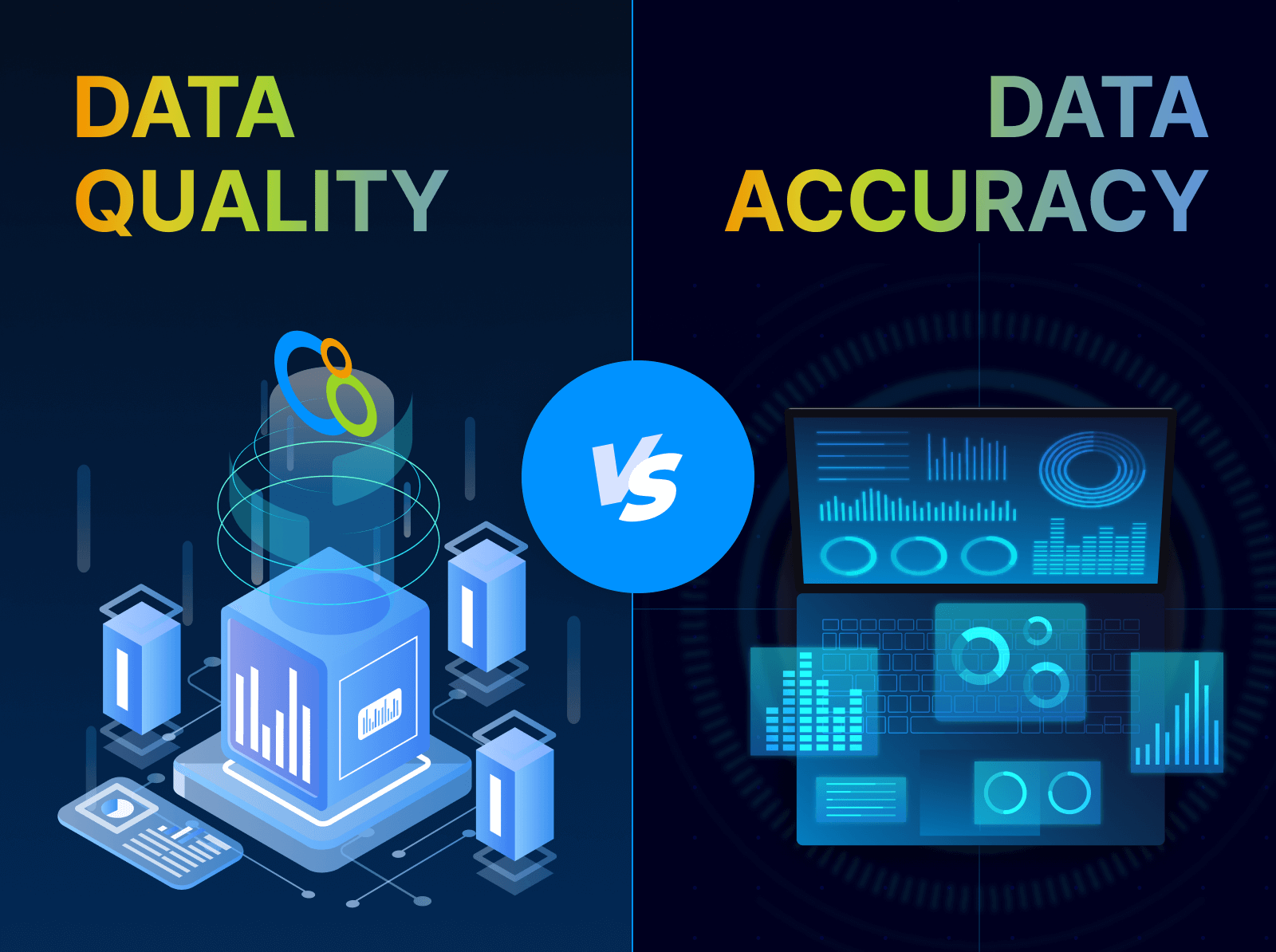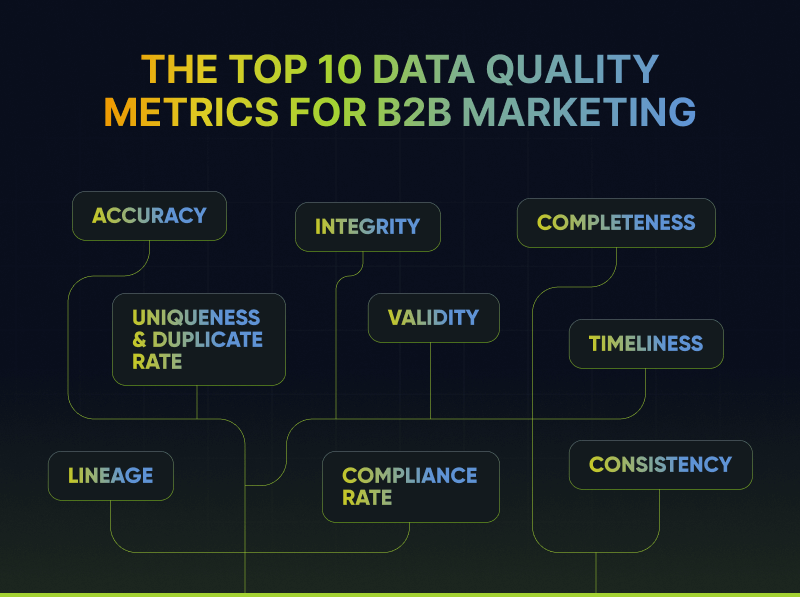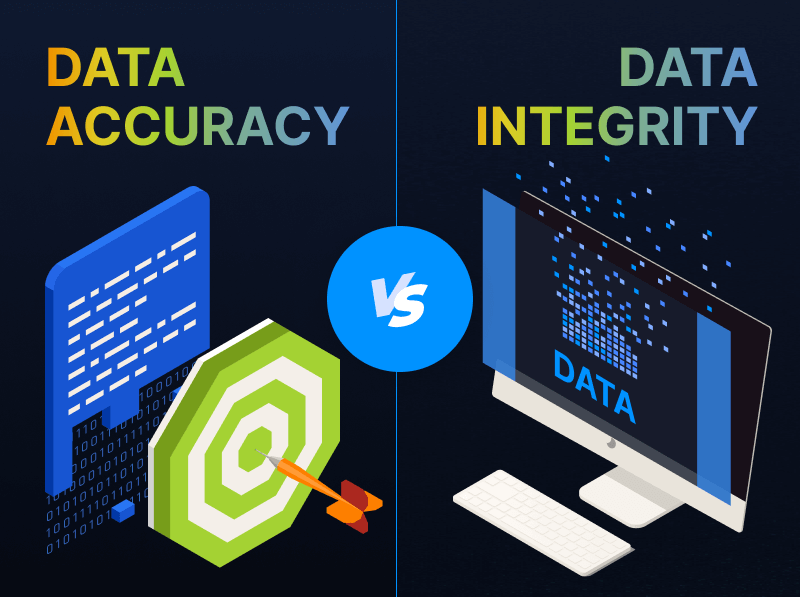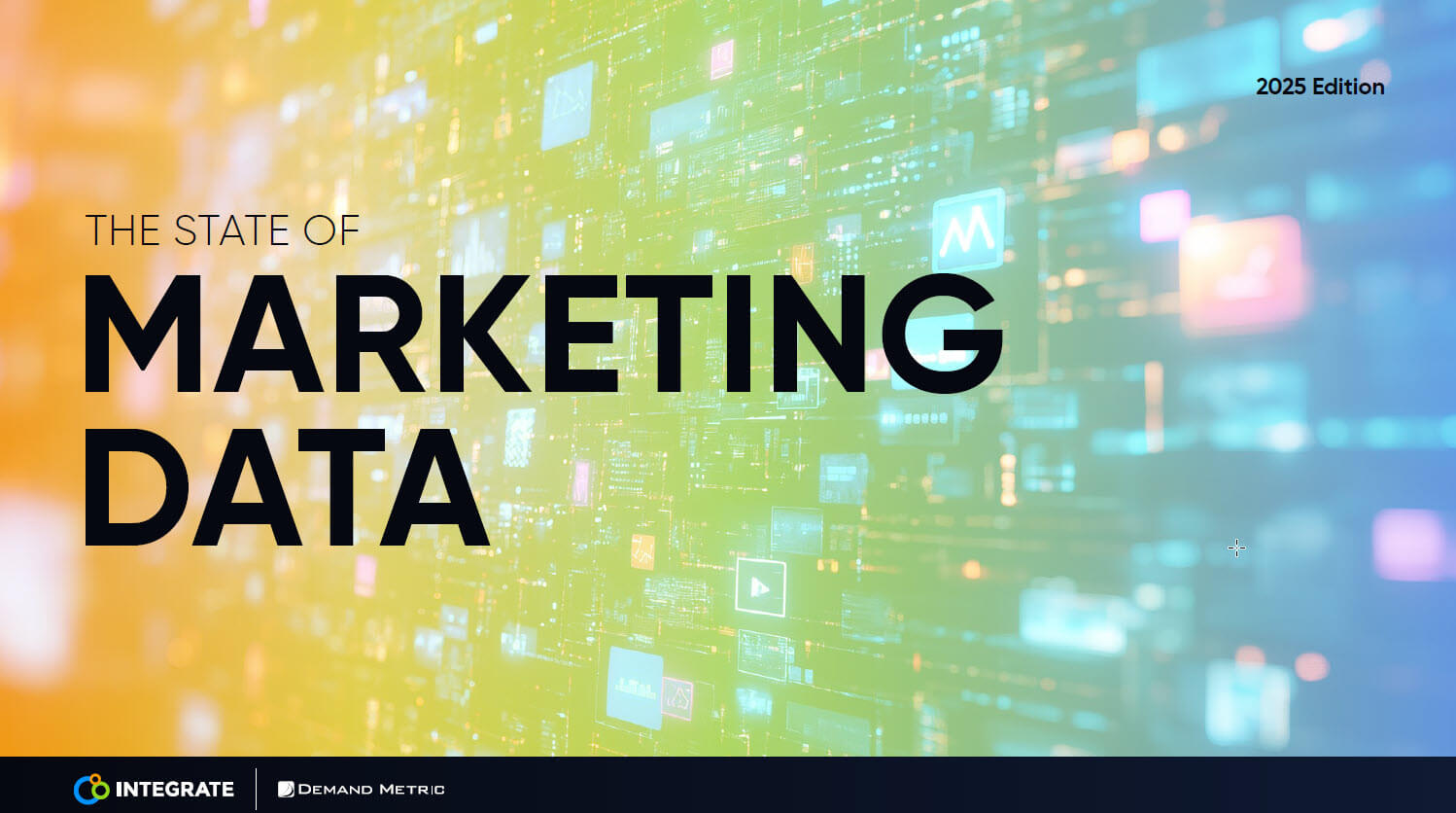It’s Second Half 2022 – How are You Defending Your Event Budgeting and Spend?
It’s been a tough few years for in-person B2B events. Before the COVID pandemic shut the world down in March 2020, live events were a hugely popular and vital marketing approach. In fact, according to Forrester’s “Tracking the True Costs of B2B Marketing 2020” study, B2B marketers spent 13-25% of their total demand creation dollars on a mix of live events, tradeshows, and virtual tradeshows. This investment went away virtually overnight and had to be quickly shifted to other channels once lockdowns went into effect.
So, there was a lot of excitement in early 2022 when the pandemic was lessening, and people were eager to connect again with peers and customers at live events. B2B marketing leaders shifted budget back to events, sponsorships were purchased, and marketers celebrated a return to normalcy.
A new set of event planning challenges
While COVID has lessened as a concern, geopolitical instability, inflation, rising interest rates and the increasing probability of a recession have taken its place as concerns for business leaders, according to a June 2022 McKinsey Global Economic Outlook Report.
Any sort of economic downturn immediately puts increased pressure on CMOs and marketing executives to justify their budgets and prioritize channels that produce real ROI and near-term pipeline impact. Events, which can have large upfront costs, are especially placed under the microscope.
No one wants to give up on events as part of their marketing strategy, but marketing leaders need to be smart about both the events they choose to participate in – and how they leverage each event for maximum value – in the months ahead.
What Won’t Work
With economic uncertainty looming, here is a list of things to avoid as events are planned and executed in the second half of 2022 and beyond:
- Poorly targeted events. Before committing to an event, marketing leaders need to do their homework. “We’ve always attended,” or “our competitors will be there” will no longer cut it as criteria. Instead, marketers must weigh the value vs. cost of proposed events. Considerations include anticipated audience size and composition; the realistic opportunity for the company to engage with prospects and high-value customers; the presence of key influencers at the event, and the chance of meaningful interactions with them; and/or the possibility of negative buyer perception by failing to attend the event.
- Events as a one-off effort. Prior to COVID, in-person events, especially large trade shows, often sat on an island of their own. But in an increasingly digital world, we must resist the urge to return to habits of the past. Instead, marketers must treat events as one touchpoint of many on the buyer’s journey to purchase. Events can’t operate in a vacuum. They must be planned and executed as part of larger marketing programs to reach targeted buyers and accounts and drive business impact.
- A myopic focus on lead volume. The primary metric for event success has historically been leads. And the more the better. But collecting hundreds of badge scans from people who are interested in giveaways – not your solutions – does nothing for the company’s bottom line. In a down market, there is closer scrutiny of the leads collected at events to ensure that the names, titles, and companies fit the ideal buyer profile.
- Huge parties. Hosting special gatherings at events is a great way to promote your brand and connect with event attendees. But in a tough market, it’s hard to sell the ROI of spending thousands of dollars on food and drinks for hundreds of people, few of which are likely in-market for your offerings currently. Instead, shift your focus to thank-you dinners or other intimate gatherings for a select list of customers, prospects, influencers and/or partners at the event. The cost will be lower and the potential value much higher than a blow-out party.
A New Approach to Accurate Marketing Spend
Instead, smart B2B marketing leaders will focus on:
- Events within a multi-channel strategy. Today’s buyers spend a lot of time doing advance research for their purchases; most of this is done online and on third-party channels. Attending an event is just one step in the buying process. Savvy marketers will run holistic campaigns, fueled by consistent and relevant content, aimed at their buyer personas. They will leverage events as an integral channel to tell their story to buyers within their larger campaign efforts.
- Lead quality. Event leads will always be important, but the focus will shift from volume to quality. Marketing can analyze pre-registration lists and highlight target accounts to do outreach to prior to the event. Attendees from ICP accounts can be invited to special activities or to 1:1 meetings with company leaders. Booth staff can be equipped with qualifying questions to ask attendees and score responses to identify buying signals. Calendaring tools can be used to schedule follow-up demos onsite with active buyers. Marketing can return with 100 ready-to-convert opportunities instead of 1000 leads that will sit in a database.
- Onsite engagement. Events are one of the few channels that let marketing directly interreact with buyers in real-time. Marketing leaders should incent company personal at events to collect as much information as they can while onsite. This includes capturing early buying signals from accounts that are not yet in-market, gathering product feedback, collecting competitive research, listening for industry trends, etc. Events can also be used for engagement with current customers, industry influencers, and/or company partners.
- Comprehensive event measurement. Smart marketing leaders will expand their event goals and KPIs to maximize their investment in each event. Instead of just reporting the number of leads, marketing can set goals and measures around a range of activities such as awareness (number of press/analyst interviews, media mentions, trending social media topics), demand generation (number of pre-arranged onsite meetings, new contacts gained for target accounts, prospects ready to hand to SDRs or sales), customer engagement (number of customers interacted with at the event, recorded testimonials, customer referrals), and sales enablement (number of sales introductions, existing opportunities influenced, post-event meetings scheduled).
- Post-event engagement. Once an event is over, marketing needs to keep the conversation going with the buyers they engaged Marketing leaders should ensure that activities such as surround advertising and digital nurture streams are ready to go as soon as an event concludes, and that contacts who have indicated interest in company offerings have immediate access to relevant solution information.
Precision Demand Marketing & Events
Recessions aren’t fun, but they give marketing leaders an opportunity to reimagine B2B events and deliver significant value for their companies.
At Integrate, we believe that Precision Demand Marketing (PDM) is the winning approach for B2B marketing, especially in a down economy. Instead of trying to market your company’s products and solutions to the largest possible audience at any given time – which is costly, wasteful, and inefficient – marketing leaders should focus on delivering the right message, to the right buyer, at the right time, on the right channel. Adopting a precision events strategy supports a larger precision demand approach and drives better marketing ROI. Because can you really afford to not get the full value from your event spend?
Interested in learning more about Precision Demand Marketing and how it applies to events? Check out this video “How to Reimagine the Power of Your Events for 2022.”









